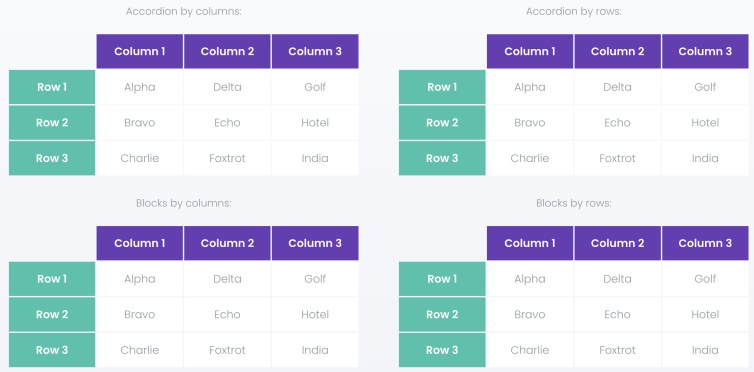Events Calendar
Divi Module by Pee-Aye Creative
Divi Events Calendar combines The Events Calendar WordPress plugin with the power of Divi to bring you custom Divi Event Modules you can use to style and showcase events on your site. No custom code is needed! There are modules for the events calendar, event feeds, event carousels, events page, events filter, and more. So for those of you who fancy the extremely popular WordPress plugin (The Events Calendar) and Divi, this is a perfect addition to your event toolkit.
Module Documentation
How To Use The Events Calendar Module
This is a premium module created by Pee-Aye Creative. It is available for purchase in the Divi Marketplace. Divi has a thriving ecosystem of third party modules that greatly expand Divi's potential. This is one of the great strengths of Divi! Once you install the plugin, the Events Calendar module will become available on your website. You can then customize it using Divi's wide range of design settings.
View Module Documentation
Frequently Asked Questions
-
What is a Divi module?
Divi modules are content elements that you can use to build pages in Divi. Each module has a unique set of features, elements and design settings that help you create something unique. Different modules serve different purposes. Using Divi's huge set of modules, you can build just about any type of website.
-
Is this module included free with my Divi membership?
This is a commercial third party module created and sold by Pee-Aye Creative. It's available for purchase in the Divi Marketplace. Every module developed by Elegant Themes is available for free with your Divi membership while third party modules are available for purchase in the Divi Marketplace. The Divi Marketplace is full of hundreds of wonderful free and commercial products that extend Divi's functionality. This thriving ecosystem is one of Divi's greatest assets!
-
Where can I find more Divi modules?
Thanks to Divi's thriving development community, there are lots of third party Divi modules available for free and for purchase. The best place to find more Divi modules is in the Divi Marketplace.
-
How can I make my own Divi modules?
Yes, Divi's module API makes it easy for developer to create their own modules! Once you build a module, you can use it on all of your future projects or even sell it in the Divi Marketplace. To learn more about how to create your own modules, please visit our developer documentation.
Explore More Modules From The Divi Marketplace
In addition to Divi’s standard content elements and the free content elements from the community, there are also hundreds of commercial content elements that you can purchase from the Divi Marketplace. One of Divi’s biggest assets is its thriving ecosystem of commercial products, ensuring that there is always a solution for the type of website you are building.

